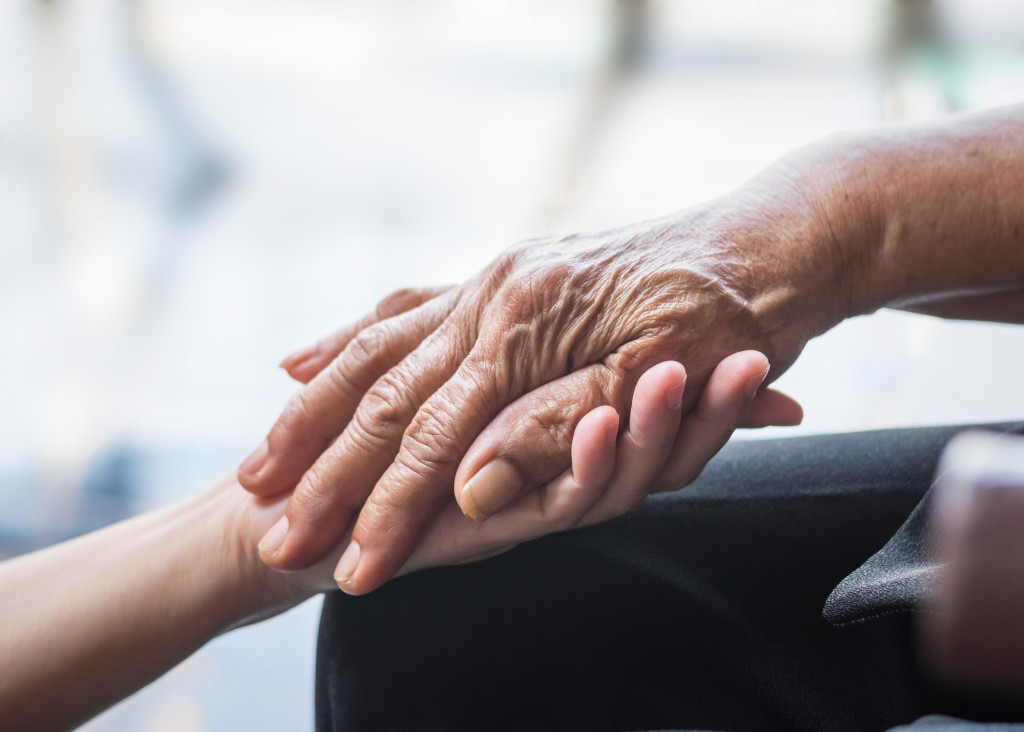- Develop individualized pain management plans tailored to patients’ needs, preferences, and goals.
- Utilize advanced medications and delivery systems for precise and controlled medication administration.
- Integrate complementary therapies into pain management plans for holistic and comprehensive care.
- Provide psychosocial support to address emotional and psychological distress associated with pain.
- • Collaborate with hospice providers to ensure a seamless transition of care for those requiring specialized services.
Palliative care focuses on improving the quality of life for individuals with serious illnesses by addressing their physical, emotional, and psychological needs. Effective pain management is a crucial aspect of palliative care, aiming to alleviate pain and enhance patient comfort. This guide explores various pain management innovations in palliative care that can significantly enhance the well-being of patients. These strategies aim to provide holistic and comprehensive care, from personalized pain management plans to using advanced technologies and integrating complementary therapies. By incorporating these innovations into your palliative care practices, you can help patients experience optimal pain relief and improve their overall quality of life.
1. Personalized Pain Management Plans
Pain management in palliative care requires a personalized approach, as each patient’s pain experience is unique. Develop individualized pain management plans considering the patient’s needs, preferences, and goals. Conduct thorough assessments to determine the pain type, intensity, and location. Collaborate with interdisciplinary teams, including physicians, nurses, and pharmacists, to develop comprehensive plans encompassing pharmacological and non-pharmacological interventions. Regularly reassess and modify pain management plans to ensure optimal pain relief.
2. Advanced Pain Medications and Delivery Systems

Advancements in pain medications and delivery systems have revolutionized pain management in palliative care. Stay updated with the latest pharmacological options for pain relief, such as extended-release formulations or transdermal patches, which provide sustained pain control and reduce the need for frequent dosing. Explore using opioid-sparing medications or adjuvant analgesics to enhance pain relief and minimize opioid-related side effects. Consider patient-controlled analgesia (PCA) pumps or intrathecal drug delivery systems for precise and controlled pain medication administration. Collaborate with pharmacists and pain specialists to ensure appropriate medication selection, dosage adjustments, and monitoring.
3. Complementary Therapies and Integrative Medicine
Complementary therapies can significantly contribute to pain management in palliative care. Collaborate with trained therapists and practitioners specializing in integrative medicine to provide comprehensive care.
Here are some examples of complementary therapies:
Massage Therapy
Massage therapy can be a wonderful way to reduce pain and comfort individuals with palliative care needs. It has been proven to help manage physical symptoms such as fatigue, muscle tension, joint stiffness, and nausea. Furthermore, massage is known to reduce stress and improve relaxation by stimulating the release of endorphins in the body. For those who are bedridden or otherwise unable to move much, hands-on treatments may be done at their bedside or through gentle stretching techniques that do not require movement.
Acupuncture
Acupuncture is an ancient Chinese practice that helps restore balance in the body’s energy flow by inserting thin needles into specific points of the body. Studies have shown that acupuncture can reduce pain, improve quality of life, and manage symptoms such as nausea, anxiety, and fatigue. Choosing a licensed acupuncturist with experience in treating palliative care patients is important.
Music Therapy
Music therapy can provide an enjoyable outlet for relaxation and expression. It can help individuals cope with physical or emotional pain by distracting them from daily stressors. Research suggests that music reduces cortisol levels (the body’s primary stress hormone) while increasing endorphin release, which helps lower blood pressure and relax tense muscles. Therapists may use live instruments or traditional recordings during therapy sessions depending on the person’s preferences and condition.
Mindfulness Techniques

Practicing mindfulness can help reduce pain and improve quality of life by promoting relaxation and stress management. Mindfulness involves paying attention to the present moment without judgment or distraction, and it has been proven to help with chronic pain relief. Examples of mindfulness techniques include deep breathing, body scans, guided imagery, progressive muscle relaxation, yoga, tai chi, and qigong. By teaching individuals how to pay attention to their bodies compassionately, they may be able to manage better physical symptoms associated with palliative care.
4. Supportive Care and Psychosocial Interventions
Pain management in palliative care extends beyond pharmacological interventions. Incorporate psychosocial interventions and supportive care services into pain management plans. Encourage patients to engage in counseling, support groups, or therapy sessions to address pain-related emotional and psychological distress. Offer resources and education to patients and their families on coping strategies, relaxation techniques, and self-care practices. Foster a compassionate and supportive environment that acknowledges pain’s emotional and psychological aspects.
5. Collaboration with Hospice Providers
Collaborating with a reliable hospice is crucial for effective pain management in palliative care. Hospice care is designed to provide comprehensive end-of-life care, including pain management, symptom control, and emotional support. Establish partnerships with local hospice organizations to ensure a smooth transition of care for patients who require specialized hospice services. Collaborate with hospice providers to develop seamless pain management plans prioritizing patient comfort and quality of life.
In Summary
Pain management innovations in palliative care are essential for optimizing the quality of life for individuals with serious illnesses. By embracing personalized pain management plans, utilizing advanced pain medications and delivery systems, integrating complementary therapies, providing psychosocial support, and collaborating with hospice providers, you can ensure that patients receive the highest pain relief and comfort. Remember that pain management in palliative care is a multifaceted approach that requires a personalized care plan for each individual. With these innovations, you can provide comprehensive and compassionate care to those in need.


